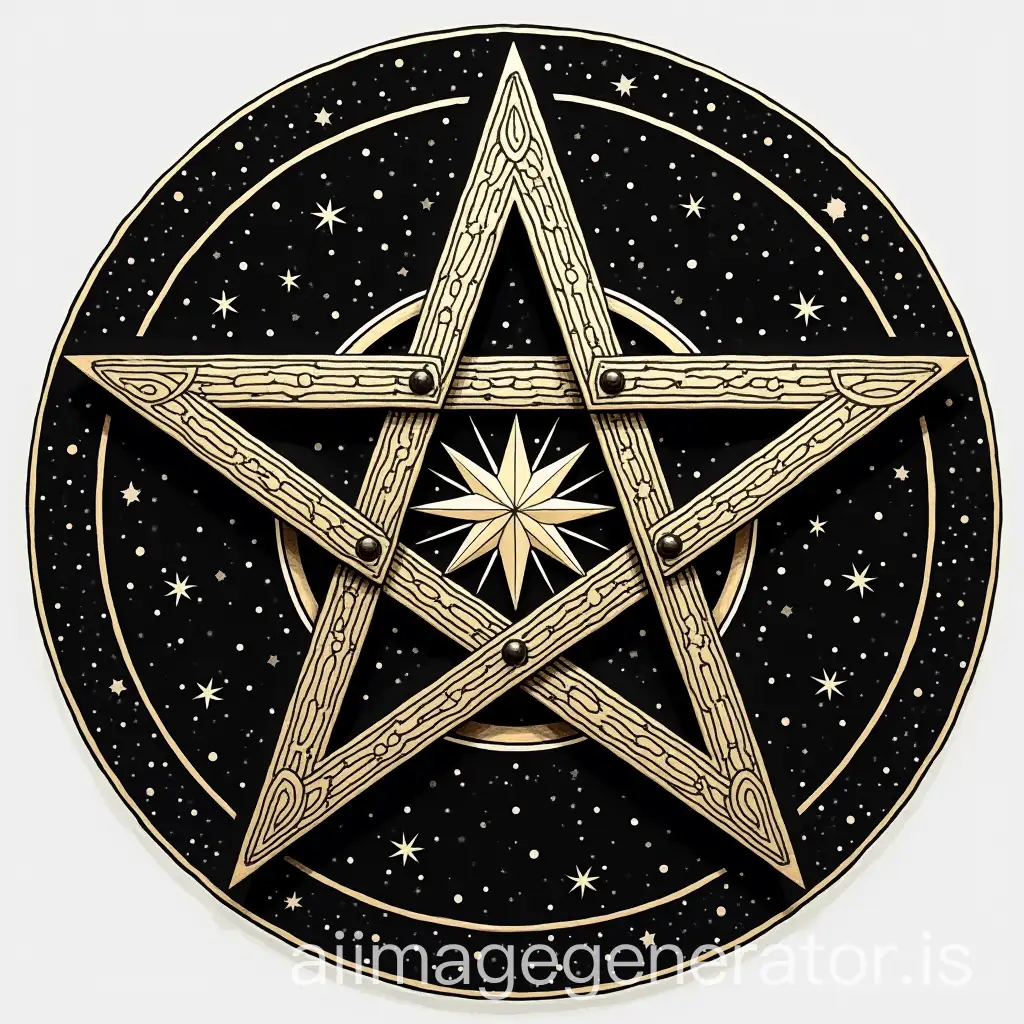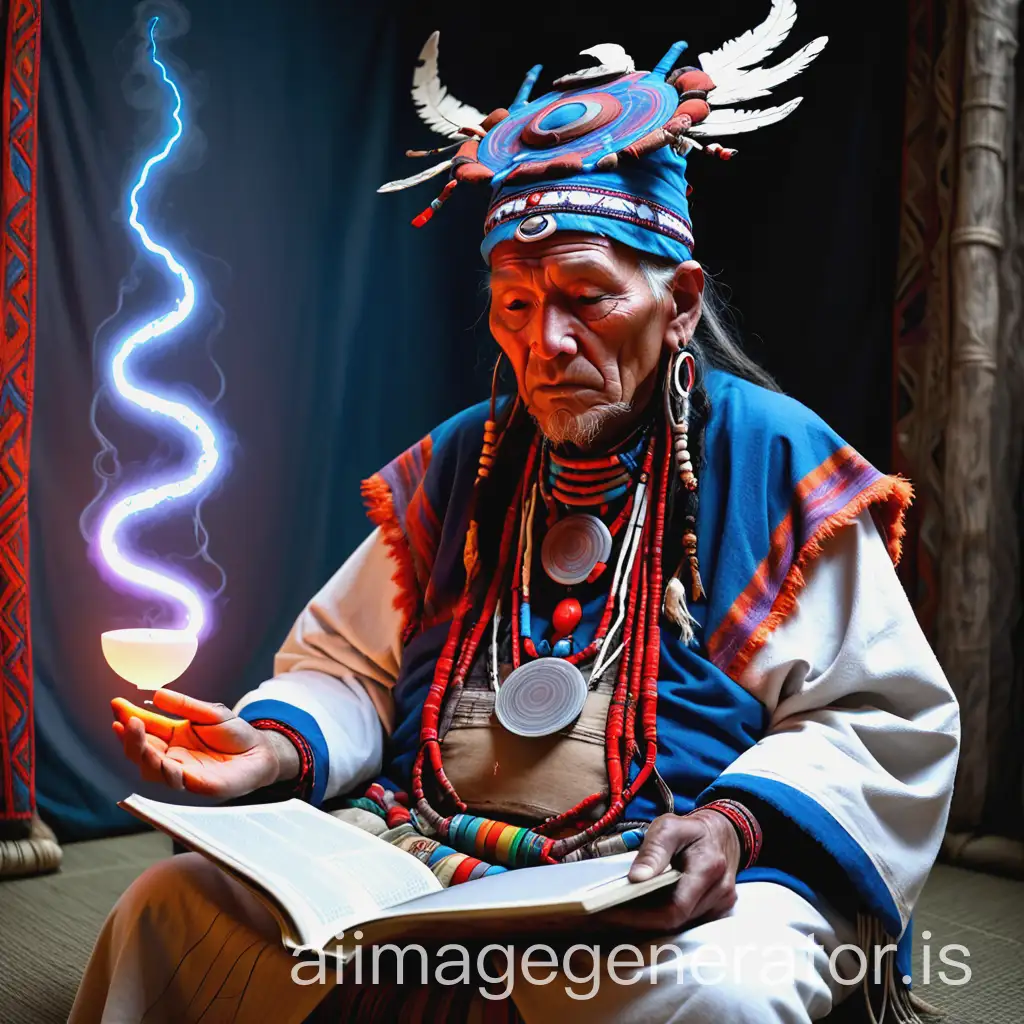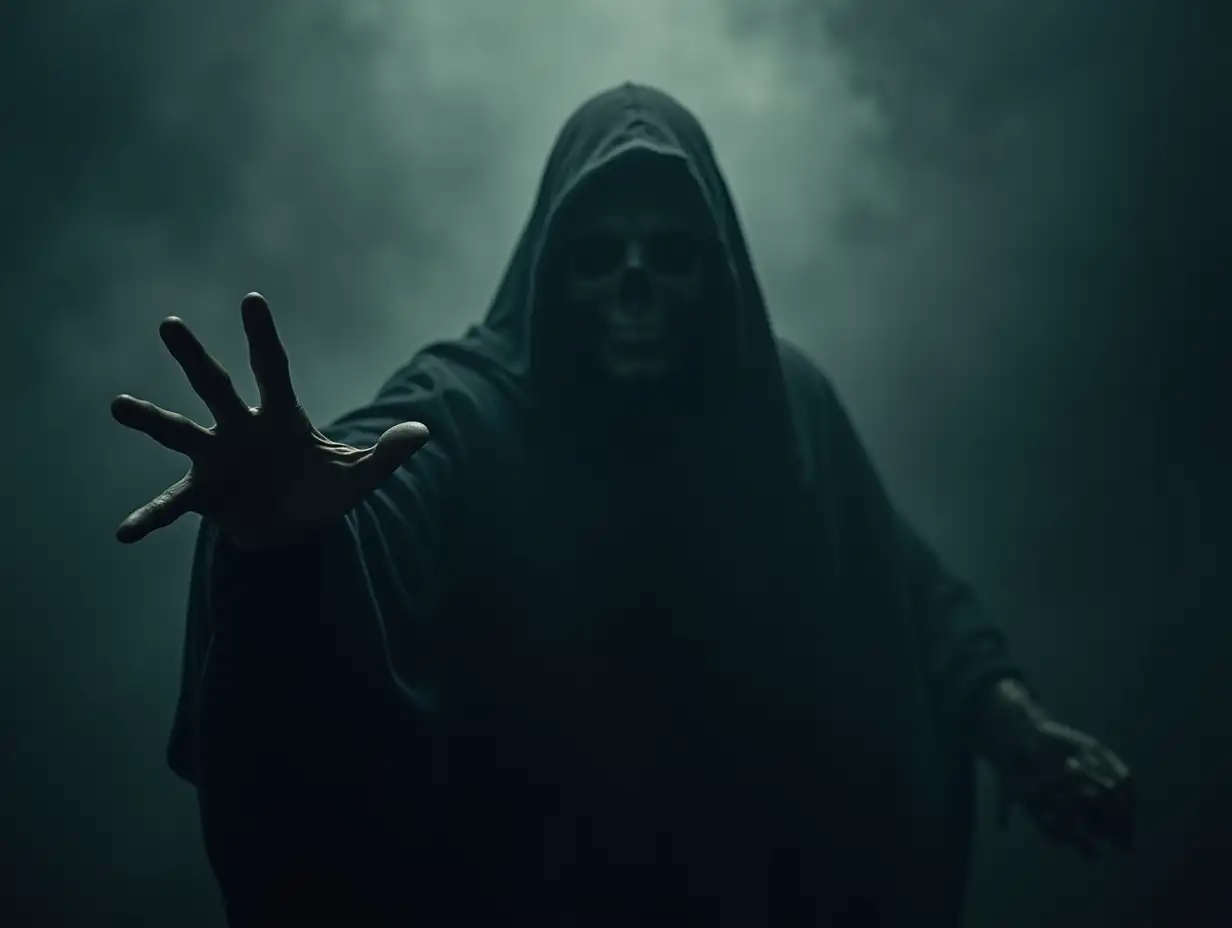Free occultism Image Generator
Just imagine, and we'll instantly return a variety of personalized occultism images—designed to bring your creativity to life!
- 4:3
- 3:4
- 1:1

image.state.default










Occultism refers to the study and practice of esoteric knowledge and magical arts that are beyond the understanding of mainstream science and religion. The term 'occult' comes from the Latin word 'occultus', meaning hidden or secret. Historically, occultism has roots in ancient civilizations, including Egyptian, Greek, and Roman cultures, where practices such as alchemy, astrology, and divination were commonplace. During the Renaissance, interest in the occult resurged, influencing notable figures like Paracelsus and John Dee. The 19th and 20th centuries saw a revival of occult practices with the rise of spiritualism, Theosophy, and the modern witchcraft movement.
Understanding Occultism: Definition and Historical Background
Occult imagery often features symbols and motifs associated with mysticism, magic, and the supernatural. Common elements include pentagrams, sigils, tarot cards, and alchemical symbols. These images are used in various contexts, from religious and spiritual rituals to artistic and cultural expressions. In modern times, occult imagery is prevalent in fashion, literature, music, and digital art. It serves as a means to evoke mystery, intrigue, and the exploration of the unknown. Artists and designers frequently incorporate these symbols to create visually striking and thought-provoking works.
Characteristics and Applications of Occult Imagery
Several artists have gained recognition for their contributions to occult art. Austin Osman Spare, an early 20th-century artist, is known for his surreal and symbolic paintings that delve into the unconscious mind and mystical themes. Aleister Crowley, a prominent occultist, also made significant contributions with his 'Thoth Tarot' deck, which features intricate and symbolic illustrations. In contemporary times, digital artists like Simon Haiduk and Saturno Buttò continue to explore occult themes, blending traditional and modern techniques to create captivating visual narratives. Their works inspire curiosity and provide a gateway into the esoteric world.
Notable Occult Artists and Their Iconic Works
Occultism has significantly influenced modern culture, particularly in the realms of entertainment and media. Films like 'The Witch', 'Hereditary', and 'Suspiria' explore occult themes, weaving elements of horror and mystery into their narratives. Similarly, TV shows like 'Supernatural' and 'American Horror Story' incorporate occult symbols and storylines, captivating audiences with their exploration of the supernatural. In literature, authors like H.P. Lovecraft and Neil Gaiman draw upon occult themes to craft imaginative and eerie tales. The impact of occultism extends beyond entertainment, influencing fashion, music, and even political movements, reflecting a widespread fascination with the hidden and unknown.
Impact of Occultism on Modern Culture